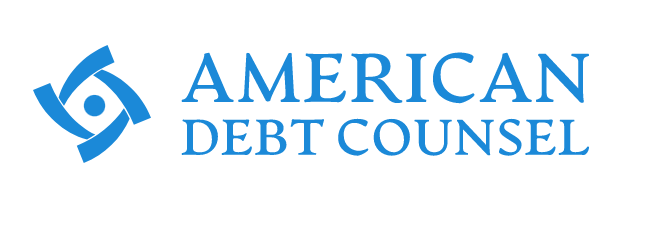One especially troubling form of consumer debt comes from lenders exploiting borrowers who don’t understand that the loan terms they’re agreeing to are extremely harmful. Knowing about the dangers of predatory loans and practices of certain lenders is critical to protecting yourself from financial disaster.
Types of Predatory Loans
The most dangerous loans available are those that target high-risk borrowers. Anyone with an urgent need for cash, with bad or no credit, or looking for quick debt solutions, is susceptible to deception. Here are a few specific loan types to avoid.
Short-Term Predatory Loans
- Payday Loans.– These are short-term loans (usually around 2 weeks) that are marketed as an advance on your paycheck. Struggling consumers use these to pay for emergencies or to help make ends meet. The danger arises from the extremely high interest rates and very short repayment terms. This combination results in repeat borrowing and inability to ever overcome the debt due to the high cost of borrowing. Many states have taken steps to cap interest rates or outlaw payday lending altogether. These laws protect consumers from situations where they simply cannot get out of debt.
- Car Title Loans – Similar to payday loans, these are sold as short-term emergency loans, but they are extremely risky due to the fact that they require borrowers to use their vehicle as collateral for the loan. Again, the danger comes from high-interest rates and repayment structures that are difficult to manage.
- Tax Refund Anticipation Loans – These are cash advances on a consumer’s potential tax refund amount. Interests rates on loans of this kind can go as high or higher than 700% annually resulting in a cycle where borrowers struggle to pay off interest as it accrues.
Long-Term Predatory Loans
- Predatory Mortgage Lending – Mortgage lending becomes predatory when lenders use deceptive tactics to abuse consumers. This can involve high upfront fees or hidden penalties, low initial payments that balloon overtime, low payments that do not cover interest charges, prepayment penalties, or forced arbitration clauses in the contract. All of these can result in unnecessary hardship for borrowers.
- Predatory Student Loan Consolidation – A new trend among predatory lenders is targeting student debt holders with deceptive language that implies they are legitimate federal programs that can lower interest rates or reduce loan principles. These companies charge very high upfront fees and use rate ballooning to trap borrowers into paying more than necessary overtime. These dishonest lenders’ practices also disqualify student loans from eligibility in legitimate loan assistance programs.
How to Protect Yourself From Predatory Lenders
As a rule of thumb, avoid short-term borrowing by any means necessary. Use a financial planning worksheet to help design a monthly budget and establish an emergency fund that can reduce the need for these dangerous loan products.
When considering other forms of loans, whether a mortgage loan or a credit consolidation loan, be sure you understand all of the loan terms and remember that if it sounds too good to be true, it is. Avoid loan offers from telemarketers, mailers, or anyone guaranteeing approval. Don’t let high-pressure sales tactics trick you into signing anything before you’re ready. It’s never a bad idea to have a trustworthy legal professional look over any long-term loan you’re interested in. Finally, shop around on your own for a product that is appropriate to your financial situation and serviced by a reputable lender.
Being aware of predatory practices and thoroughly researching any potential lenders will save you from unnecessary strife down the road. If things get tough, seek assistance or debt management counseling before rushing into a risky loan.
